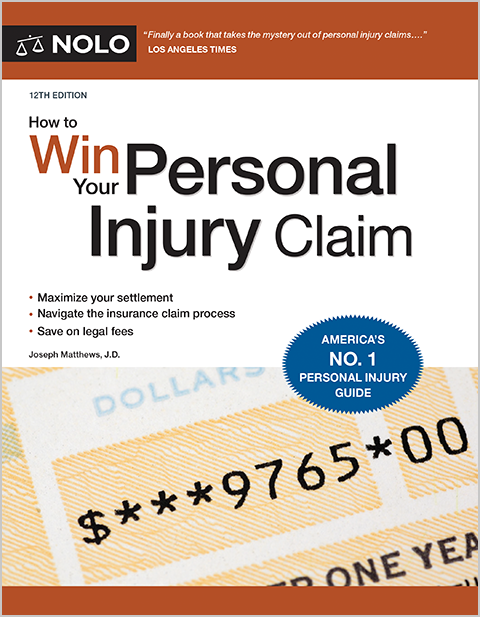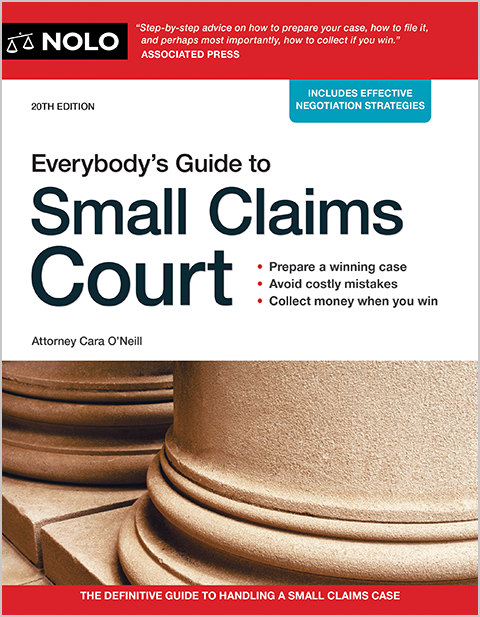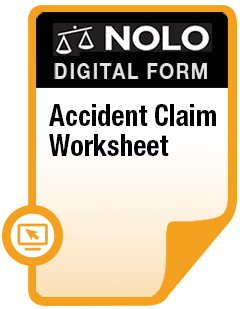A look at North Dakota's deadlines for filing a car accident lawsuit, the state's rules on shared fault for a crash, and drivers' legal duties to report a car accident in North Dakota.
After a car accident in North Dakota, here's what to know about the state laws that might come into play:
- You need to report most North Dakota car accidents to law enforcement in North Dakota.
- North Dakota's "statute of limitations" for car accident lawsuits sets a six-year deadline for filing your case in the state's civil courts.
- North Dakota's "modified comparative fault" rule, which allows for financial recovery only when the claimant was less responsible than the other party (or parties) for causing the car accident.
- North Dakota is a no-fault car insurance state.
Do I Need to Report a Car Accident in North Dakota?
According to North Dakota Century Code section 39-08-09, the driver of any vehicle involved in an accident must report the crash—to the local police department if the accident occurred within a municipality, or if outside a municipality, to the office of the county sheriff or the state highway patrol—if it resulted in:
- injury to or death of any person, or
- property damage to an apparent extent of at least $4,000.
It's a crime to leave the scene of a car accident without taking this legally-required step.
What Is North Dakota's Car Accident Statute of Limitations?
A "statute of limitations" is a law that sets a time limit on your right to bring a lawsuit. If you miss the time limit and try to file your case after the deadline has already passed, the North Dakota court system is almost certain to dismiss your case, unless some rare exception applies to extend the deadline.
In North Dakota, you can find the statute of limitations that will apply to almost all lawsuits arising from a car accident at North Dakota Century Code section 28-01-16. Under this law, you have six years to turn to the state's civil court system for a remedy after any kind of personal injury or property damage caused by someone else. That includes car crashes. The six-year "clock" starts running on the date of the accident.
The deadline is different if someone died as a result of the accident, and the family or the representative of the deceased person's estate wants to file a wrongful death lawsuit against the person who caused the crash. Specifically, North Dakota Century Code section 28-01-18 requires that a wrongful death lawsuit be filed in the state's court system no later than two years after the date of the deceased person's death. Get the details on North Dakota wrongful death lawsuits.
What Is the Comparative Negligence Rule in North Dakota Car Accident Cases?
If the other driver was entirely at fault for your car accident, the result is usually predictable: the other driver (through their insurance carrier) will pay to compensate you for medical bills, lost wages, and other losses you suffered. But what happens if you were partly at fault for the crash?
Under North Dakota Century Code section 32-03.2-02, the state follows a "modified comparative fault" rule when both parties are found to share blame for an accident. In most car accident trials, the jury is asked to calculate two things based on the evidence:
- the total dollar amount of the plaintiff's damages, and
- the percentage of fault that belongs to each party.
Under the modified comparative fault rule, the plaintiff's damages award is reduced by a percentage equal to their share of fault. But the plaintiff must be less than 50 percent at fault in order to collect anything from the defendant. If the plaintiff's fault meets or exceeds 50 percent, the plaintiff gets nothing.
For instance, suppose that in your case, the jury decides your total damages award should be $100,000 (including your medical bills, lost income, vehicle damage, and "pain and suffering"). But the jury also decides you are 40 percent responsible for the accident (maybe you were speeding). Under North Dakota's comparative fault rule, you are entitled to get 60 percent of the $100,000 total, or $60,000—still a significant sum, but not as much as the grand total of your damages.
Does "Comparative Negligence" Apply to Car Insurance Claims?
Not only does the comparative negligence rule bind North Dakota judges and juries (if your car accident case makes it to court), it will also guide a car insurance claims adjuster when they're evaluating your case. A claims adjuster makes decisions based on what is likely to happen in court, after all.
Is North Dakota a No-Fault Car Insurance State?
Yes. North Dakota is one of a dozen or so states that follow a no-fault car insurance scheme. That means injured drivers and passengers must typically turn first to their own personal-injury-protection car insurance coverage to get compensation for medical bills, lost income, and other out-of-pocket losses after a crash, regardless of who might have been at fault. A claim against the at-fault driver is only possible in certain scenarios. Get the details on the North Dakota no-fault car insurance rules.
Can I Drive a "Salvage" Vehicle in North Dakota?
A vehicle that's been damaged to an extent that's more than 75 percent of its value is considered a "salvage" under North Dakota law, and can't be legally driven in the state unless it's been reconstructed, passed an inspection, and been issued a certificate of title with a "previously salvaged" brand status. Learn more about "total loss" vehicles and "actual cash value."
Have you been in a car accident?
Take our free car accident quiz to find out if you're likely to get a settlement.



